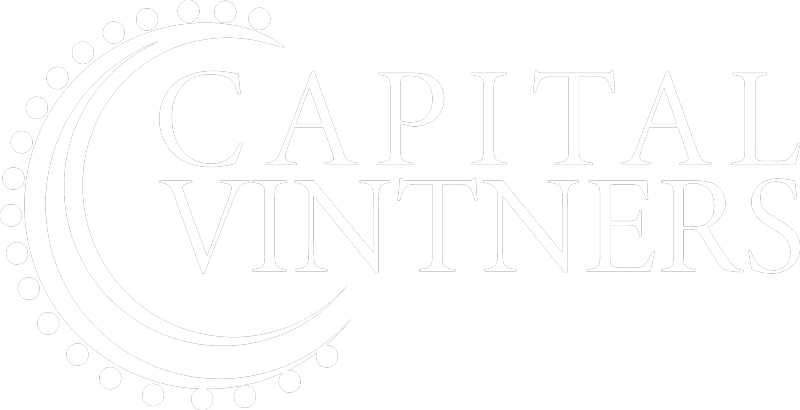News
The fine wine market has always been good at maintaining stability during times of economic uncertainty – in fact, that’s what it does best. During the recession of 2007/8, the S&P 500 fell by 38.5% while the Liv-ex 1000 kept its head above water at only -0.6%.
Why? As well as being a tangible asset, wine investment has virtually no correlation with the stock market, because prices are dictated by a simple model of supply and demand. And working in the investor’s favour, supply of the world’s best wines is extremely restricted to begin with and only reduces further as the wines are drunk over time.
This year, however, the continuing gains made by the Liv-ex 100 index, the success of the Bordeaux 2019 En Primeur campaign and the steady growth of regions like Italy and Champagne on the global investment stage has happened against a backdrop of some of the most severe economic and geo-political turmoil in the history of fine wine.
Investment wine in 2020: a year like no other
First there was Brexit and the impact on Sterling. As the fine wine market is denominated in Sterling, its movements are crucial for international investors, and the currency has been under considerable pressure. It is currently trading at multi-year lows against the Euro and the US Dollar, and this has weighed on the fine wine market.
Then came the bombshell dropped by Donald Trump into the investment wine market back in October 2019 – the 25% tariff on French wine coming into the US – followed in quick succession by the most destructive wildfire season California and Oregon have ever experienced.
To top it all off, the global pandemic reared its ugly head in March, affecting demand from Asia and prices across the market, where they had only just begun to level out again following the upheavals of Brexit. In the face of the prevailing uncertainty only the price of gold rose as equity markets across the world entered a (mercifully brief) bear phase.
The COVID effect
The overall effect of the Coronavirus pandemic on the wine market has in fact been pretty positive – firstly, it has increased consumption of fine wine. Many connoisseurs have traded in their nice bottle in a fancy restaurant to an even nicer one to enjoy at home, for the same price. With increased consumption, availability of top wines has become even more restricted, and prices have risen as a result. A great example is the Super Tuscan Sassicaia 2009, which shot up 14% over the first two quarters of 2020.
Secondly, the slashing of prices by up to 30% in this year’s Bordeaux En Primeur campaign was exactly the type of ‘investor incentive’ the market has been waiting for. The generous discounts came amidst widespread praise for the quality of the vintage, and collectors were able to grab a clear bargain. Sure enough, the value of many of the wines on the secondary market shot up soon after release, and will no doubt continue to rise for many years to come.
Thirdly, online auctions have taken off like a steam train – auction houses Zachys, Sotheby’s, Christie’s and Acker have surpassed projections and achieved record sales since the lockdowns began.
A stable market, a stable future
After starting the year on a downward trajectory, the Liv-ex 100 has now enjoyed five continuous months of gains and has increased 4.01% year-to-date. In investment terms, if volatility is a perceived risk, it is clear that the fine wine market scores highly for stability – this is not a volatile environment.
Considering the ups and downs the market has been forced to weather over the last year or so, we believe fine wine deserves a place at the heart of a diversified, Covid-proof investment portfolio.

